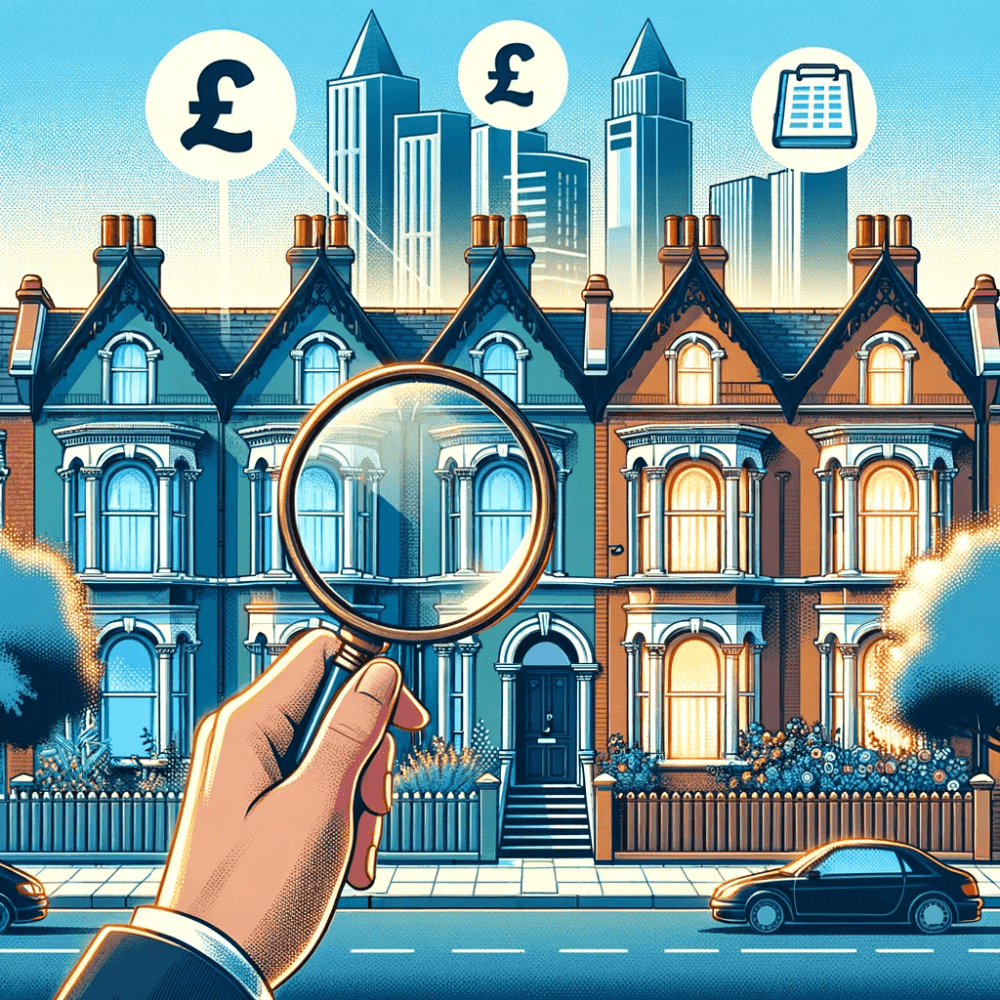When you’re starting a property business, the first step is to identify profitable markets. Are you focusing on apartments, or are new build flats in Canary Wharf more your speed? The type of properties you choose to invest in will set the tone for your business. For instance, apartments and flats often attract young professionals and can be a goldmine if located in bustling areas. On the other hand, houses appeal to families and can offer long-term rental income. So, decide your niche carefully.
Investment Strategies: Buy-to-Let vs. Flipping Properties
When you’re in the real estate business, buy-to-let is often the go-to strategy for many. Why? Because it’s like planting a tree and enjoying its fruits year after year. You buy properties — be it apartments, flats, or houses — and rent them out. The rent becomes a steady income, especially if the property is in a high-demand area. But remember, buy-to-let is a long-term commitment. You’re in it for the long haul, dealing with tenants, maintenance, and fluctuating property values.
If buy-to-let is a marathon, flipping properties is a sprint. You buy a property, usually one that’s undervalued, give it a facelift, and sell it—often within a year or less. The aim? Quick profits. It sounds simple, but flipping is not for the faint-hearted. You need a keen eye to spot properties that offer good value for the price. Plus, you need the skills—or the right contacts—to renovate the property without burning a hole in your pocket.

Once you’ve picked your market, the next step is to decide on an investment strategy. Are you looking to buy properties and rent them out, or are you more interested in flipping houses? Both have their pros and cons. Buy-to-let investments, especially in sought-after areas, can offer a steady income but require a long-term commitment. Flipping properties can yield quick profits but is riskier and demands a keen eye for undervalued properties to buy.
Financial Planning – Beyond the Listing Price
It’s not just about how much a property is listed for sale. It’s about the total cost of ownership. This includes not just the price but also renovation costs, maintenance, and even property taxes. A cheap property might end up costing you more in the long run if it requires significant repairs or is located in an area with high property taxes. So, always factor in these additional costs when making investment decisions.
Putting all your eggs in one basket is never a good idea, especially in the property business. Diversification can be your safety net. Consider investing in different types of properties or even different locations. For instance, you could have a mix of apartments, new build flats in Canary Wharf, and houses in another part of the city. This way, if one market faces a downturn, your entire portfolio won’t take a hit.

Leveraging Technology for Business Growth
In this digital age, technology can be your best friend. Use property management software to keep track of your investments, rents, and maintenance schedules. There are also various platforms where properties are listed for sale, offering you a wide range of options to choose from. Leverage these tools to make informed decisions and manage your business efficiently.
Starting a property business is not a sprint, it’s a marathon. It requires careful planning, a well-thought-out investment strategy, and continuous learning. The property market is ever-changing, and influenced by economic indicators, interest rates, and even political events. Keep yourself updated and be prepared to adapt your strategies as needed. That’s the key to building a successful, sustainable property business.
